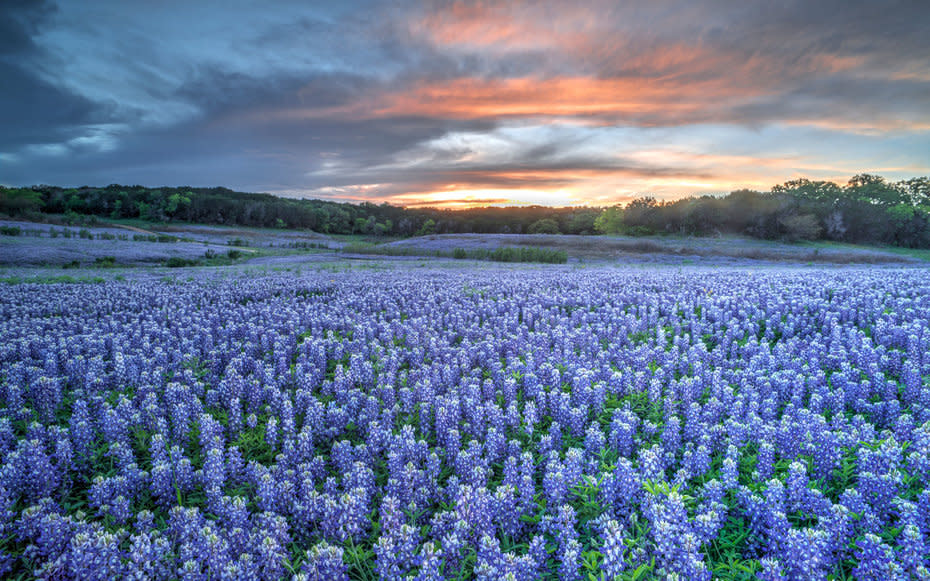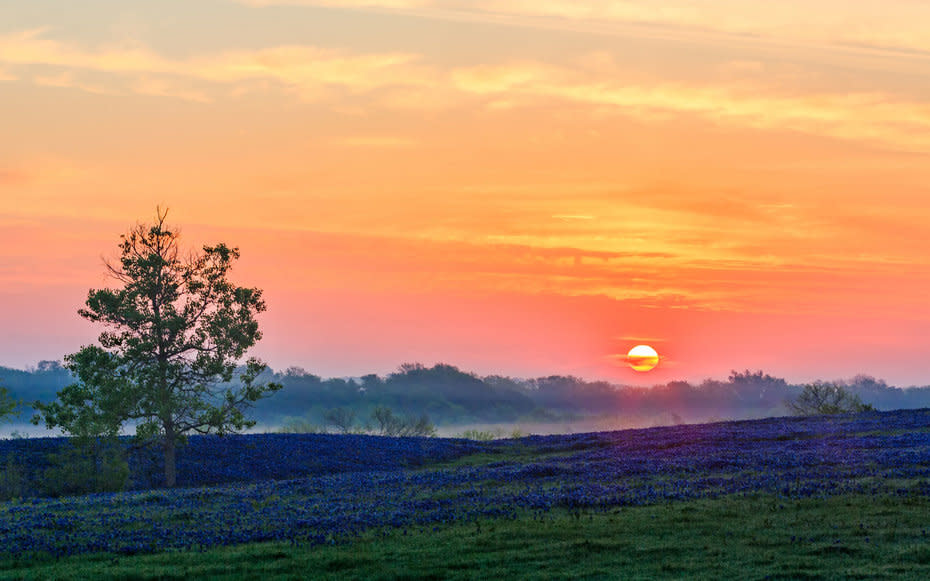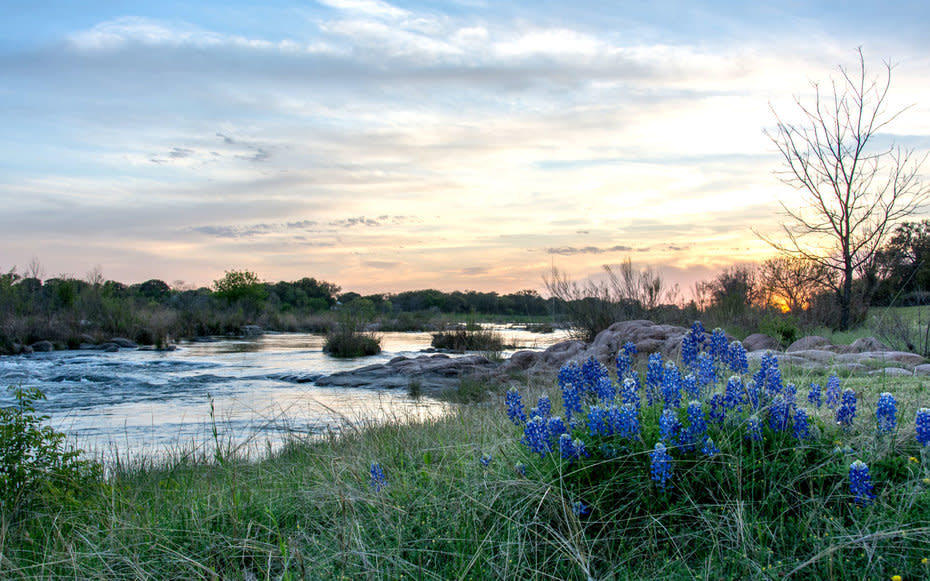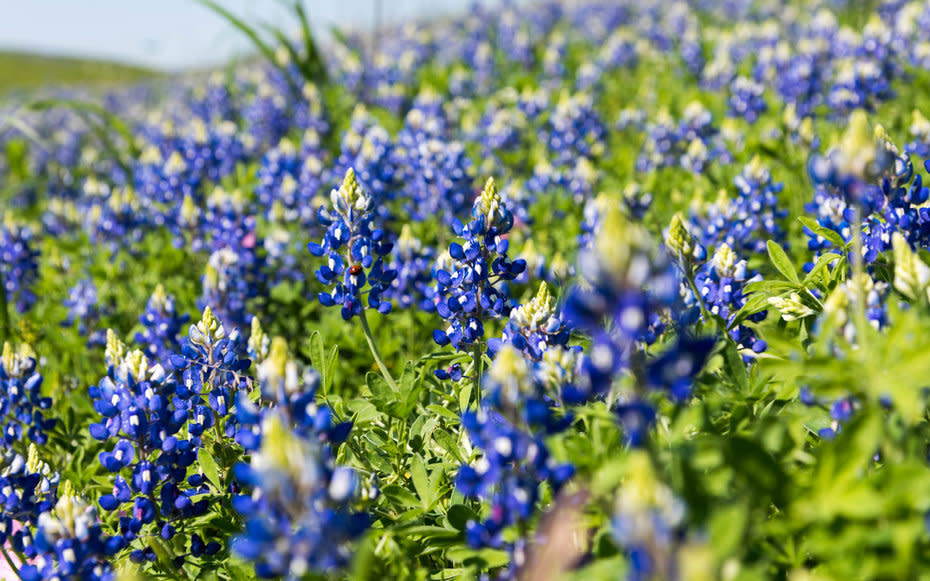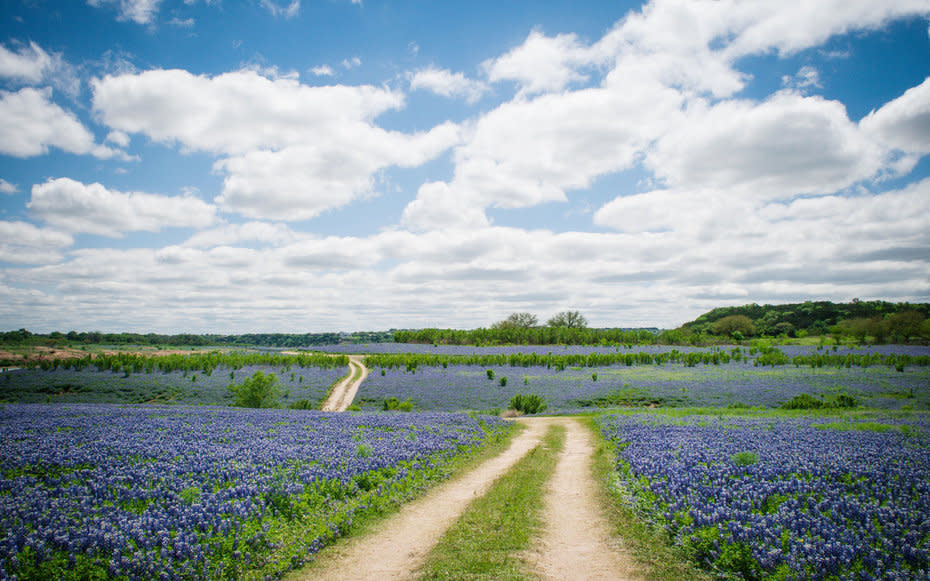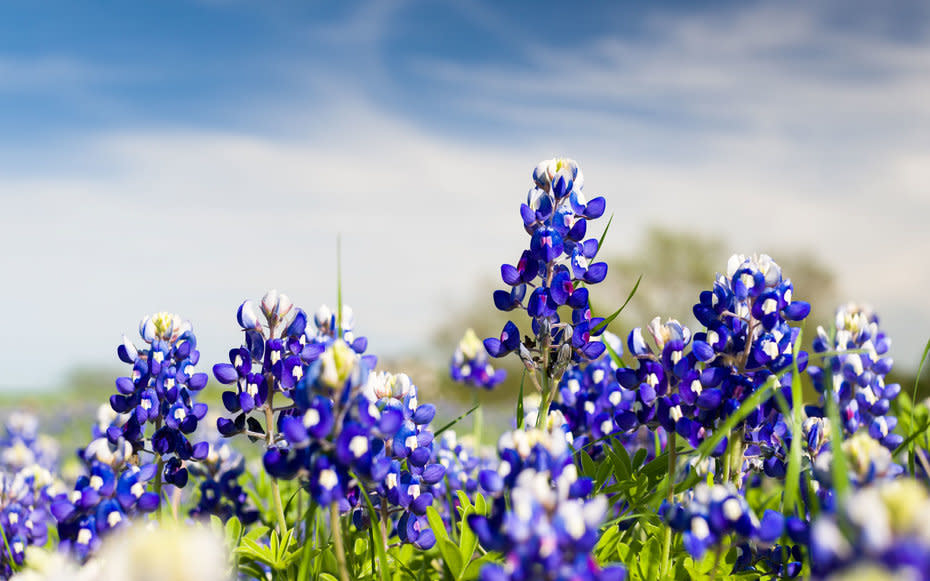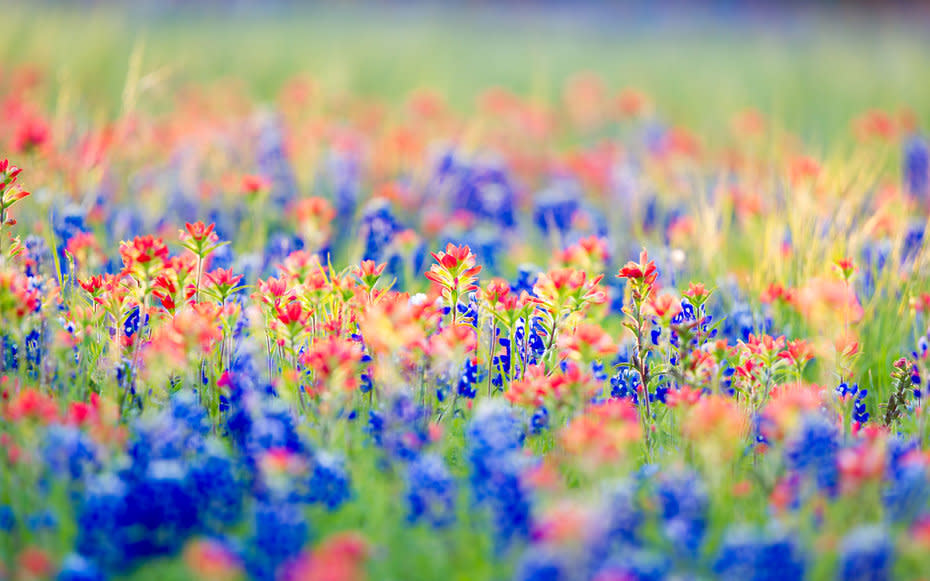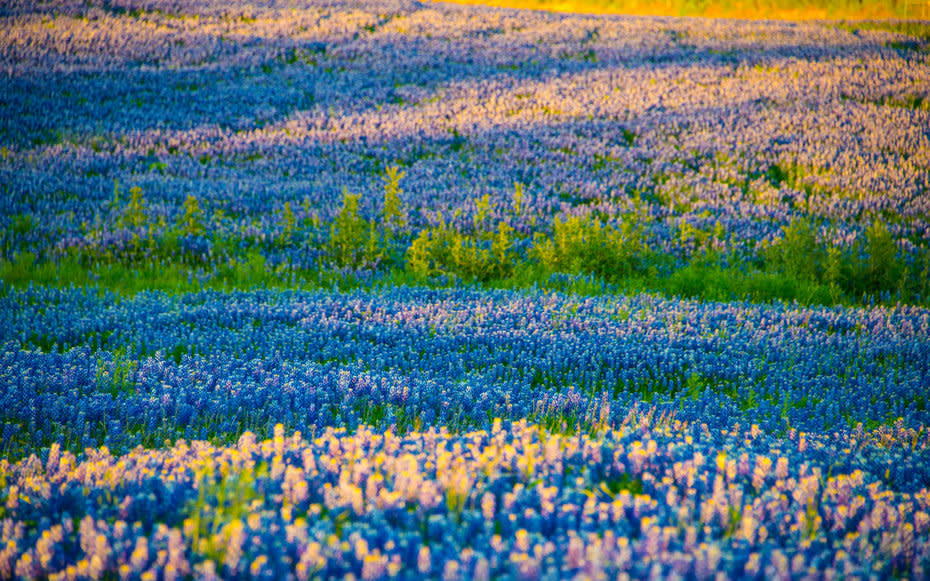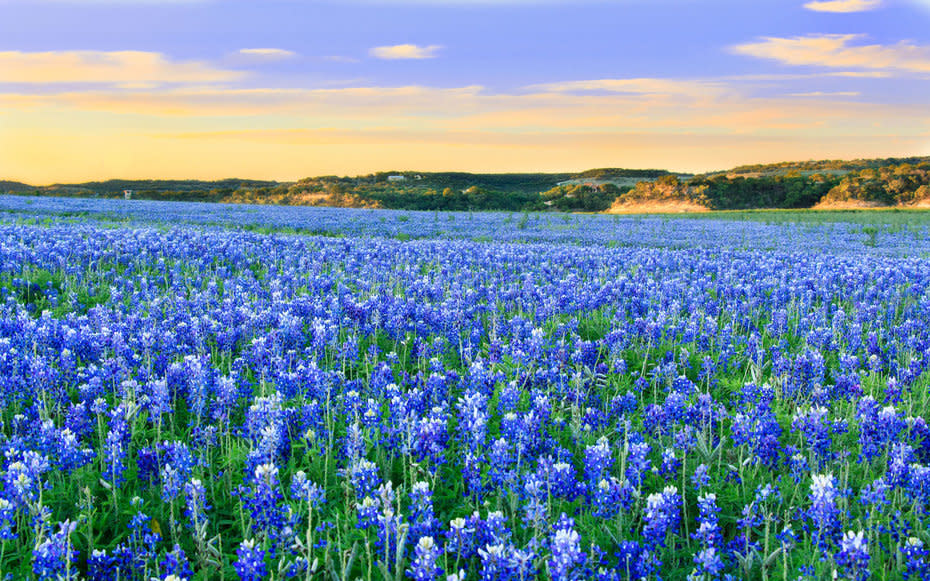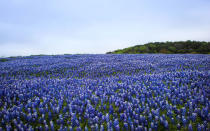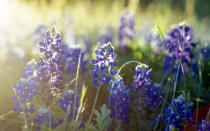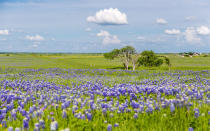In Photos: Texas Bluebonnet Season in All Its Glory
Spring is finally here, and in Texas that means one thing: wildflower season. Bluebonnets in particular are native to Texan soil and are such a part of the region's landscape that they were officially named the state flower more than 100 years ago. Even before President Johnson’s Highway Beautification Act, the Texas State Highway Department hired a landscape architect to preserve and encourage the growth of wildflowers along roadways in 1932; making Texas a must-see state for both flowers and road trips. Driving through the Lone Star highways in spring is especially breathtaking. In March and April, an outing can easily prompt a spontaneous pit stop in a bountiful field. But finding the perfect place to pull over can be a little tricky, so heed our tips. The blooms rely heavily on abundant rainfall, and Texas experienced one of the wettest years on record in 2015, resulting in a spring where Texas highways are blanketed in the blue state flower. The bluebonnet season tends to start in late March or early April but it came a little early this year, so you might want to act fast if you’re trying to frolic. Only rule: do not pick them—it’s illegal. (Well, not technically illegal, but it's best to let the flowers germinate properly.) But before you get overwhelmed by the idea of driving through the whole state, know that bluebonnets only cover a third of the land and are concentrated throughout north central Texas (Houston, San Antonio, up through the Hill Country to Dallas-Ft.Worth). And while no area is guaranteed to have the bluest fields, there are surer bets along the Bluebonnet Trail in Ennis, which claims to feature over 40 miles of trails full of blooms. Other 'gram-worthy fields can be seen off U.S. 280 west, Wildflower Loop, and U.S. 281 N towards Burnet. And if exploring the trails doesn't satisfy your wildflower desires, there are also a few bluebonnet festivals (it wouldn’t be official without a festival) in Ennis, Chappell Hill, and Burnet in early April. But even if you can't make it to Texas this year, you can still catch a glipse of the Lone Star State's signature blooms. Read on for photos of bluebonnet season in all its glory. Mariah Tyler is a digital photo editor at Travel+Leisure. You can follow her on Instagram at @mphbox.

 Yahoo Finance
Yahoo Finance 